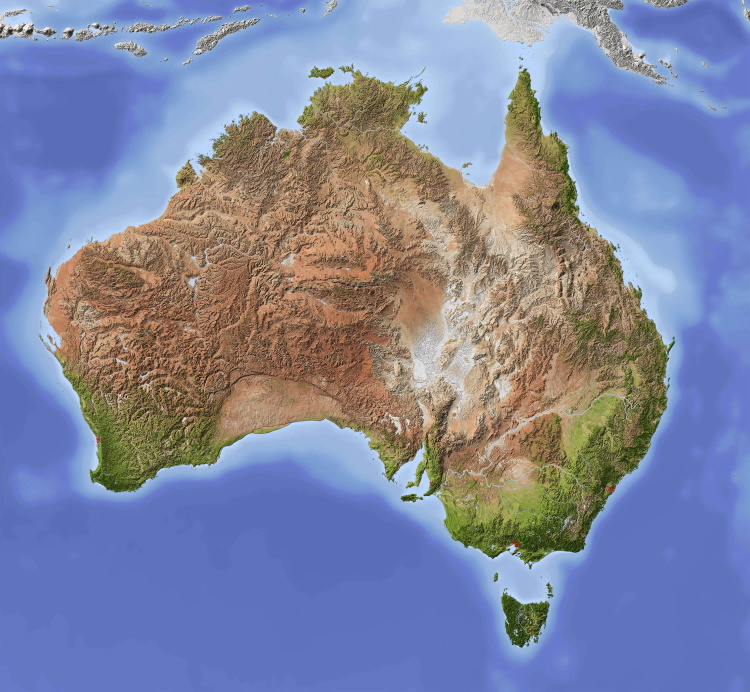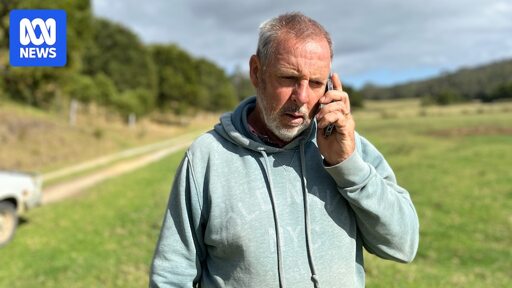In short:
Regional and rural Australians say their ability to make phone calls has dramatically reduced since the 3G network was switched off in October.
Telstra and Optus shut down 3G to boost the 4G and 5G networks, claiming customer coverage would benefit as a result.
What’s next:
The federal government says there may be a need for regulatory intervention if the situation does not improve.



The reason why enabling 3G would improve coverage is because low radio frequencies do travel further and are less affected by interference.
This is why AM radio travels further than FM radio and why 4WDers used to carry UHF for local communication and AM or HF for long distance emergency communication.
Both 4G and 5G support low frequencies. The protocols have nothing to do with the frequencies they support, although it can seem that way particularly with 5G, which only used high frequencies when it was initially rolled out.
Yep, and they’re in use too. Telstra/Optus/Vodafone all run 4G at 700MHz (compared to 850/900MHz for 3G). It’s slightly different for 5G, Telstra use 850MHz while Optus/Vodafone use 700MHz.
Australian Mobile Network Frequencies (Whirlpool)